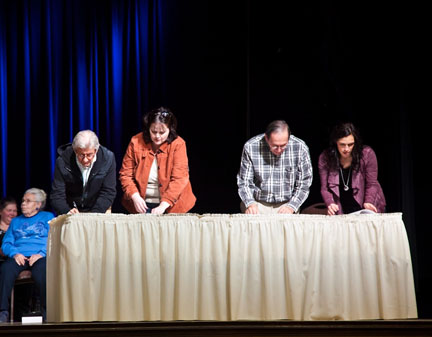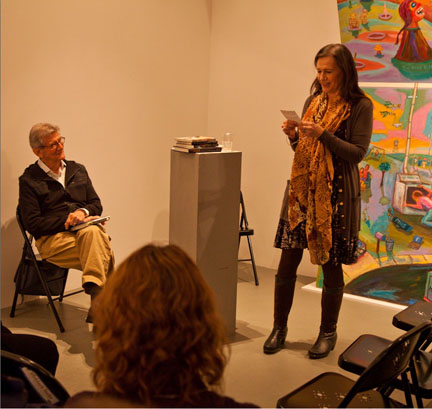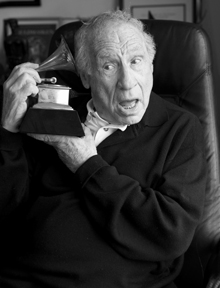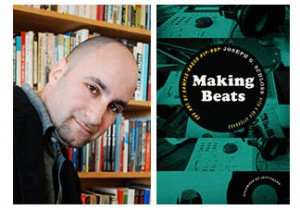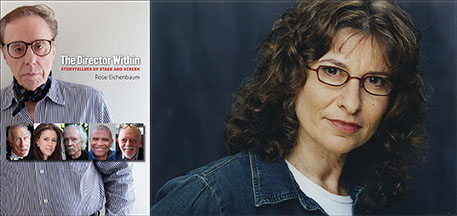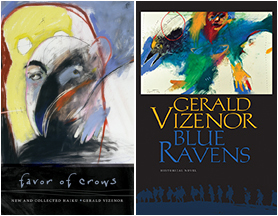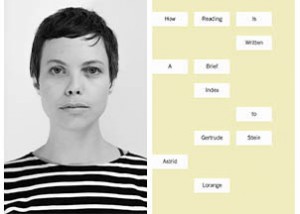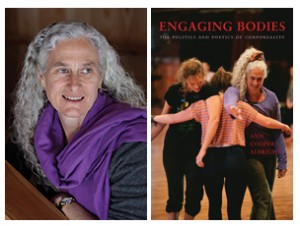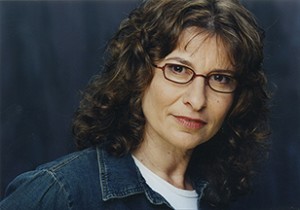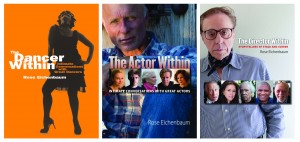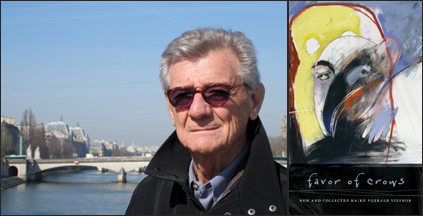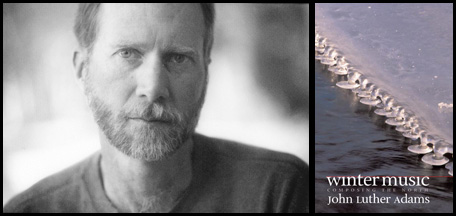Gerald Vizenor read at the Bockley Gallery, in Minneapolis, on November 14th, where Louise Erdrich introduced him.
Vizenor then headed northwest, approximately 225 miles, to visit the White Earth Nation. On November 19th, he was a co-signer of the Constitution of the White Earth Nation. At this time, Dr. Vizenor was honored with a golden eagle feather for his service as a delegate and principal writer of the Constitution.
His latest literary works are Blue Ravens and Favor of Crows: New and Collected Haiku. Attendees of AWP 2015, in Minneapolis, can enjoy a Wesleyan sponsored panel (event F214), a “Tribute to Gerald Vizenor.” Panelists, including Heid Erdrich, Gerald Vizenor, Kimberly Blaeser, Gordon Henry, and Margaret Noodin, will discuss Dr. Vizenor’s vast body of work and reflect on how this elder statesman of Anishinaabe literature influenced and supported their own work. Vizenor’s political writing, nationalist poetry, and history-steeped novels will be represented in this tribute, fittingly held in his homeland of Minnesota. Panelists will reflect on Vizenor’s role as a mentor and teacher who enabled generations of Native writers to find their voice. The panel is on Friday, April 10th, 1:30pm – 2:45pm. Attendees can meet with Gerald at Wesleyan booth #907, after the panel, where he will sign copies of his books until 4:30pm. Favor of Crows: New and Collected Haiku will be available in paperback for the first time.
Erma Vizenor, Chief of the White Earth Nation, honors Gerald Vizenor with a golden eagle feather for service as a delegate and principal writer of the Constitution of the White Earth Nation.
Gerald Vizenor signing the official documents as a delegate and principal writer of the Constitution of the White Earth Nation. The Constitution Signing was held at the White Earth Nation on November 19, 2014.
Louise Erdrich introduces Gerald Vizenor at a reading of Blue Ravens at the Bockley Gallery in Minneapolis, November 14, 2014. This event was co-sponsored by Birchbark Books, a store operated by a spirited collection of people who believe in the power of good writing, the beauty of handmade art, the strength of Native culture, and the importance of small and intimate bookstores. Photograph, copyright John Ratzloff, 2014.


